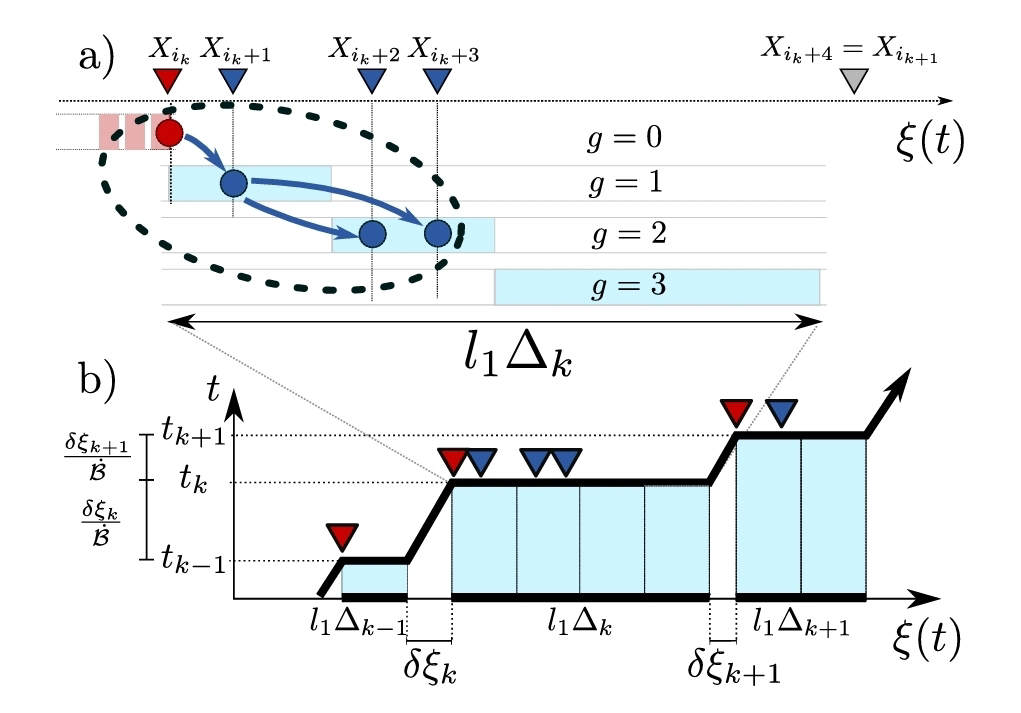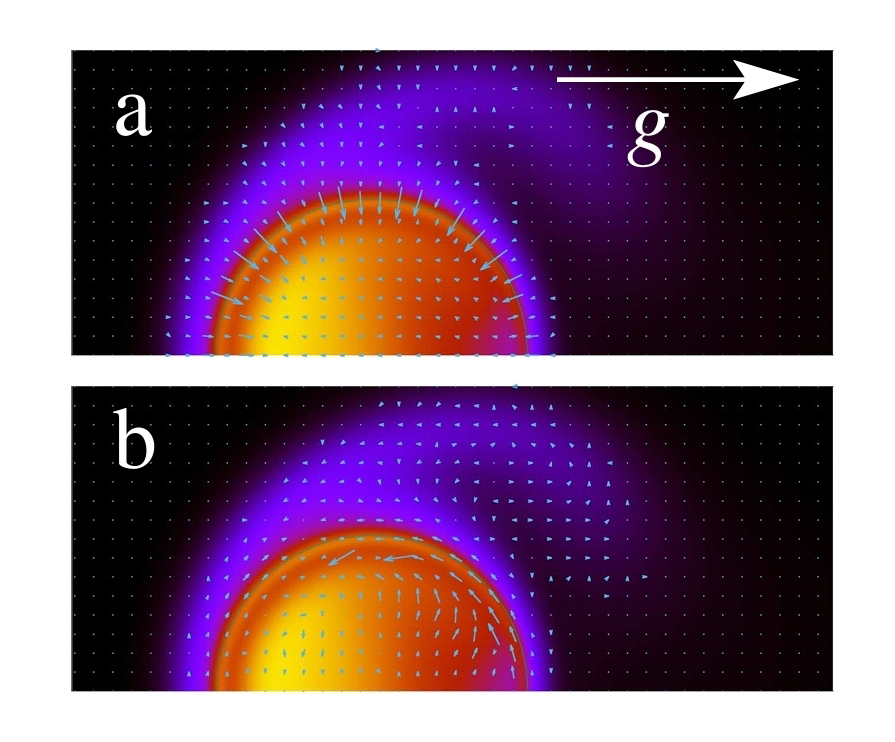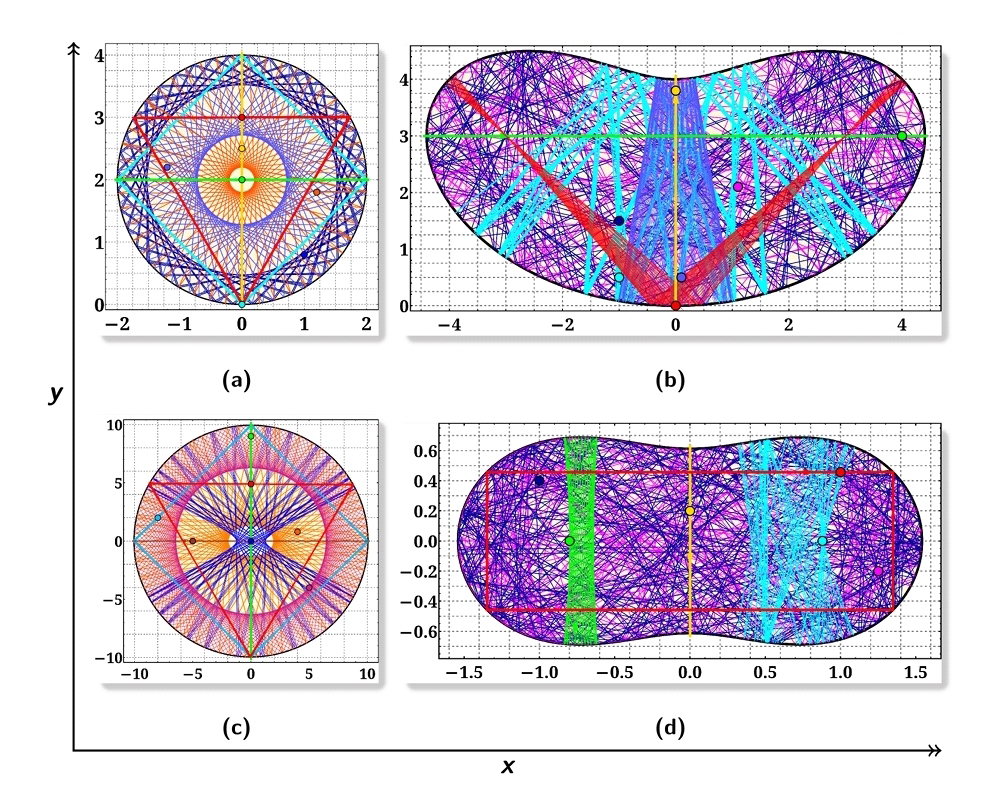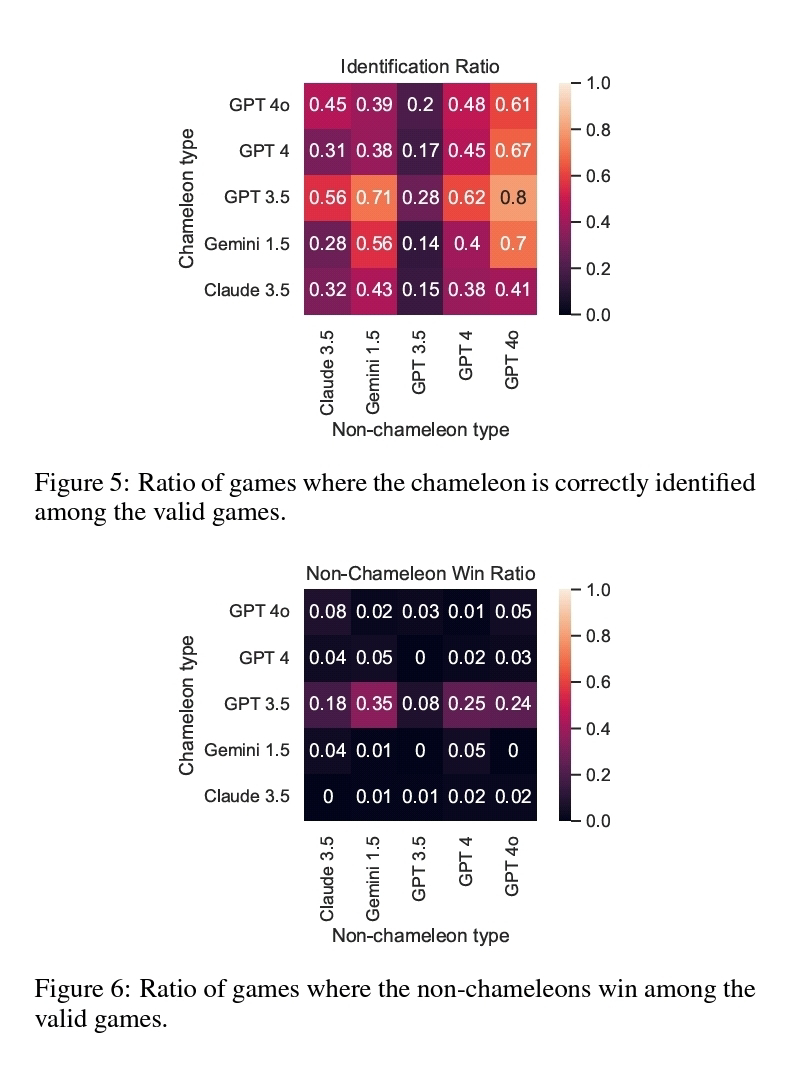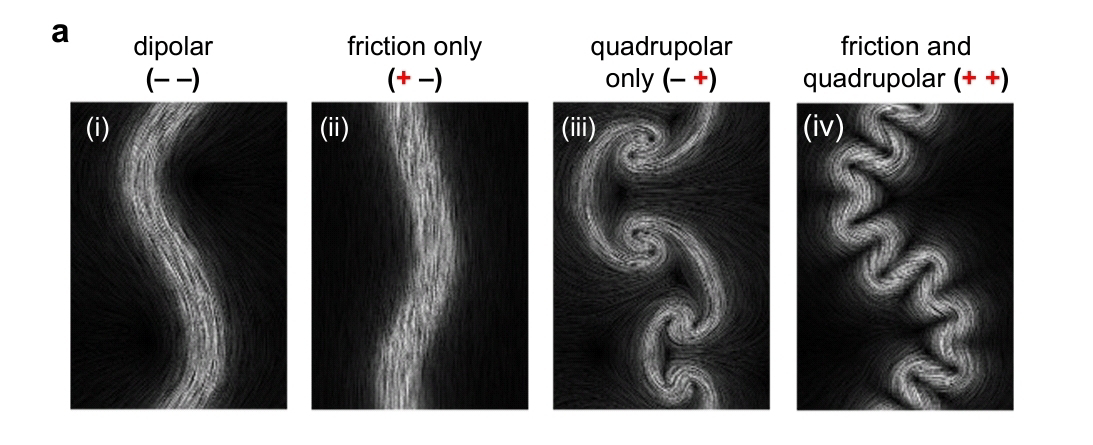0:00 Django 2002
11:14 Scatterbrain 2002
15:48 Manic Depression 1998
23:11 Power 1975
28:54 Early Led Boots/Power, Jam 1975
37:58 Diamond Dust, Jam 1975
43:56 Got the Feeling 1975
1:07:49 Django 1995
1:15:12 Cause We've Ended As Lovers 2023
"Django"
"Scatterbrain"
live at the Royal Festival Hall on 14 September 2002.
Tony Hymas on keyboards, Randy Hope-Taylor on bass, Stephen Barney on drums. Terry Bozzio (2nd drummer) and Aref Durvesh (tabla) joins on Scatterbrain!
"Django" is a 1954 jazz standard written by John Lewis as a tribute to the Belgian-born jazz guitarist Django Reinhardt.
• Django from Django album by the Modern Jazz Quartet, released in 1956.
• Django from Evolution solo piano album by John Lewis, released in 1999.
"Scatterbrain" written by Jeff Beck and Max Middleton.
• Scatterbrain originally from 1975 album Blow By Blow.
"Manic Depression"
live from Montreux Jazz Festival 1998.
• Manic Depression originally by Jimi Hendrix.
"Power"
live at Auditorium Theatre, Milwaukee, Wisconsin on 10 May 1975.
Jeff Beck - Guitar, John McLaughlin - Guest Guitar, Wilbur Bascomb - Bass, Max Middleton - Keyboards, Bernard "Pretty" Purdie - Drums.
• Power originally by Stanley Clarke.
"Early Led Boots/Power, Jam"
"Diamond Dust, Jam"
live at Reunion Arena, Dallas, Texas 11 June 1975.
Jeff Beck as guest guitarist with Mahavishnu Orchestra. John McLaughlin: electric guitar, Ralphe Armstrong: electric bass, Stu Goldberg: keyboards, Steve Kindler: violin, Carol Shive: violin, Norma Jean Bell: saxophone, Premik Russel Tubbs: saxophone, Philip Hirschi: cello, Narada Michael Walden: drums.
• Led Boots from 1976 Wired album.
• Diamond Dust from 1975 Blow By Blow album.
"Got the Feeling"
live at Avery Fisher Hall, New York 30 April 1975.
Jeff Beck - Guitar, John McLaughlin - Guest Guitar, Wilbur Bascomb - Bass, Max Middleton - Keyboards, Bernard Purdie - Drums.
• Got the Feeling from 1971 Rough And Ready album.
"Django"
Jeff Beck & John McLaughlin on guitars, Tony Hymas on keyboards, Pino Palladino on bass, Mark Mondesir on drums
• Django (Instrumental) from The Promise album by John McLaughlin, released in 1995.
"Cause We've Ended As Lovers"
live at Hanover, Germany 10th October 2023 by John McLaughlin Quintet: bassist Etienne Mbappe, drummer Ranjit Barot, pianist Jany McPherson and Gary Husband on keyboards. Written by Stevie Wonder.
• Cause We've Ended as Lovers from 1975 Blow By Blow album.
• Cause We've Ended As Lovers from 1974 Stevie Wonder Presents Syreeta album.
@chromedreamer. Jul 6, 2024
Keywords: jazz, music




